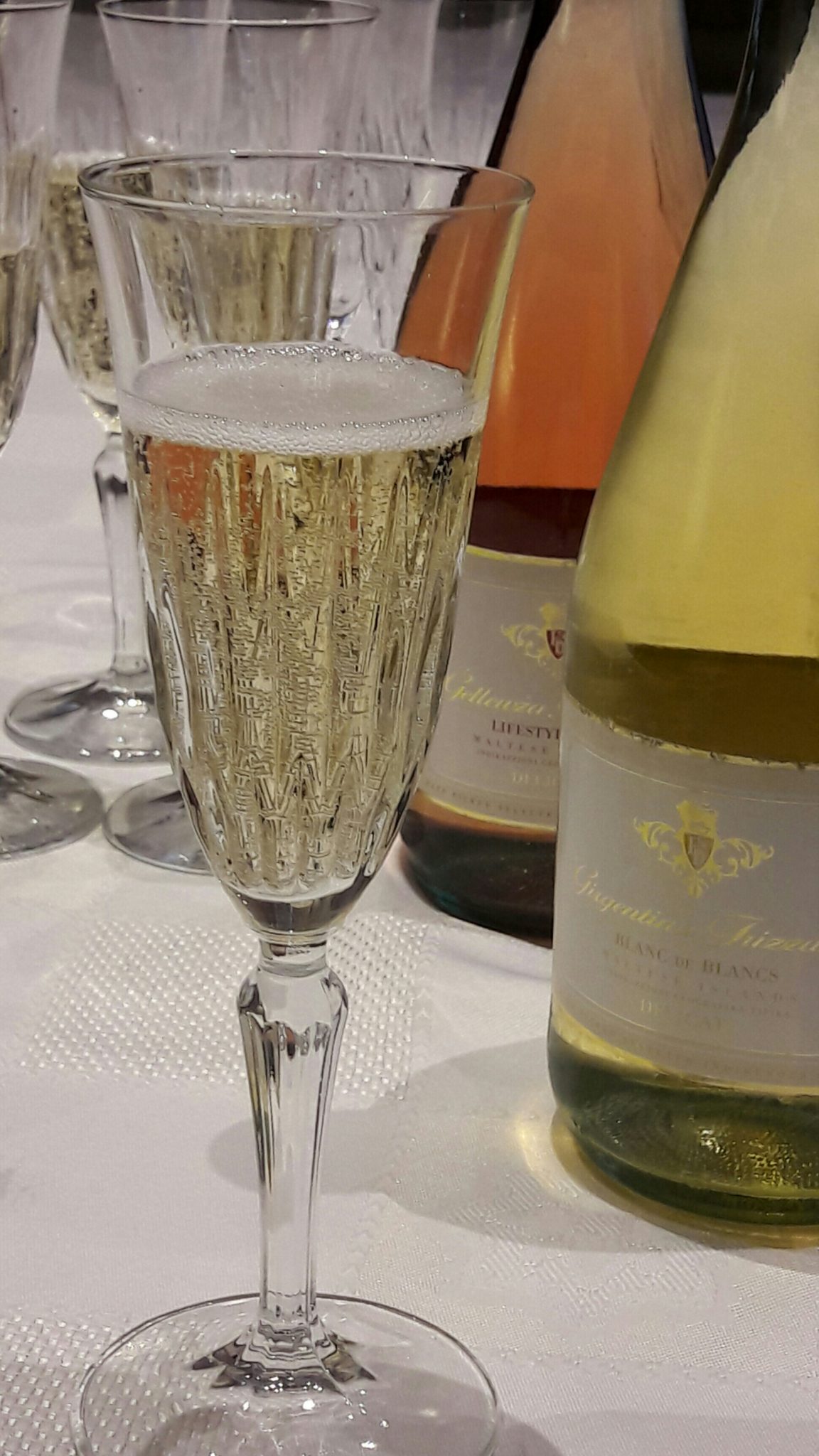What glass shape is best to enjoy celebratory bubbly this festive season or on any other day of the year for that matter?
While the wide and shallow coupe has been written off ages ago because it allows effervescence and aromas to dissipate quickly in favour of the slender and tall flute, a few experts now claim that a larger and bulbous goblet similar to a white wine glass is actually a far better choice.
What glass shape is best to enjoy celebratory bubbly this festive season or on any other day of the year for that matter?
While the wide and shallow coupe has been written off ages ago because it allows effervescence and aromas to dissipate quickly in favour of the slender and tall flute, a few experts now claim that a larger and bulbous goblet similar to a white wine glass is actually a far better choice.
However, there’s no reason to ditch your flutes outright.
The recent discussion in certain sommelier and glass manufacturers’ circles about the usefulness of the flute, or rather its alleged inadequacy, evolves around the poor properties of the cylindroid shape to convey the delicate scents and richness of complex, more mature super-premium sparkling wines.
Even more adequate tulip-shaped flutes that offer a little bit more space to air the wine and which have a rim that tapers slightly inwardly to retain the carbonation, do a pitiable job of capturing the bouquet, they argue.
While this is correct, the debate however overlooks the fact that the bestselling effervescent wines are mainly young, non-vintage and less multifaceted sparklers. These wines are, first and foremost, enjoyed for their pleasurable fizzy sensation, the unique quality that sets them apart from still wines rather than their flavour. And not a broader regular wine glass but the flute’s slim design is still the most effective at preserving the mousse (the professional wine-tasting term for the fizz).
I for one won’t easily part with my set of flutes, no matter what marketers of stemware say. In fact, I think my flute’s design works wonders although its unusual ice cream-cornet profile with a lip that actually flares outward, instead of tapering in, is quite contrarian. But my partiality is not entirely inexplicable.
The fact that my glass unconventionally flares open will somewhat retract the wine’s flow back to the tip of the tongue, giving a better chance for any sweetness to leave a mark.
At the same time, the flute’s long stem forces you to sip with your head tilted back, which makes the wine run over the tongue away from the sides where the perception of acidity is generally more noticeable.
This helps to tame the shockingly sharp acidity of the first mouthful that is typical for bone-dry sparkling wines and most champagnes made at the far extremes of sustainable viticulture where grapes struggle to ripen fully.
Unlike a tapered cylinder-shaped flute, my V-shaped glass has no straight tubed walls that would let wine flood fast into the mouth like a tsunami and let some shoot down directly to the rear of the palate which is more sensitive to unpleasant astringency, triggering an anti-drowning instinct that causes the tongue to press awkwardly against the teeth.
Not only does my magic flute facilitate the detection of a wine’s subtle sweetness and ease the razor-sharp attack and any bitter tastes but my glass also shows off the wine’s all-important fizziness very well, which is essential to the experience.
Bubbles originate at nucleation sites, such as scratches in a glass, and my one has got one neat imperfection: a discreet nucleation point or a small rough spot deliberately etched into its inner bottom to help create a steady, vertical stream of fizz.
And there’s another little secret. The bowl is ribbed on both sides of the glass, even the inside.
This cleverly increases the inner surface area and volume by an estimated 15 per cent, allowing for extra room for aeration of the wine during the pour – all of which makes a vast range of spumantes, champagnes, including aged ones that have lost some bubbliness, crémants and delightful Maltese frizzantes dance on my tongue.
This article by Georges Meekers appeared first in the Times of Malta, 9 December 2016.
